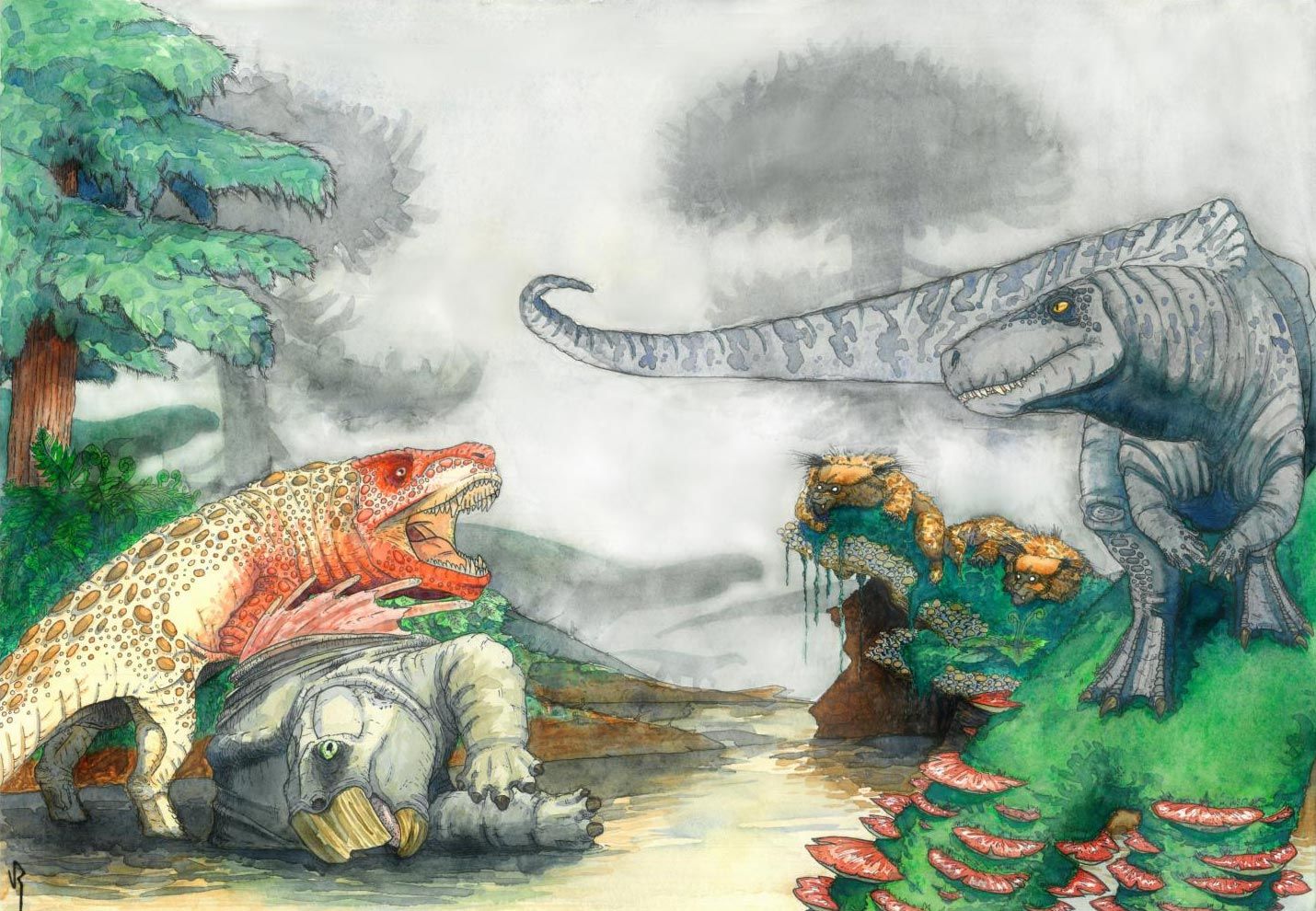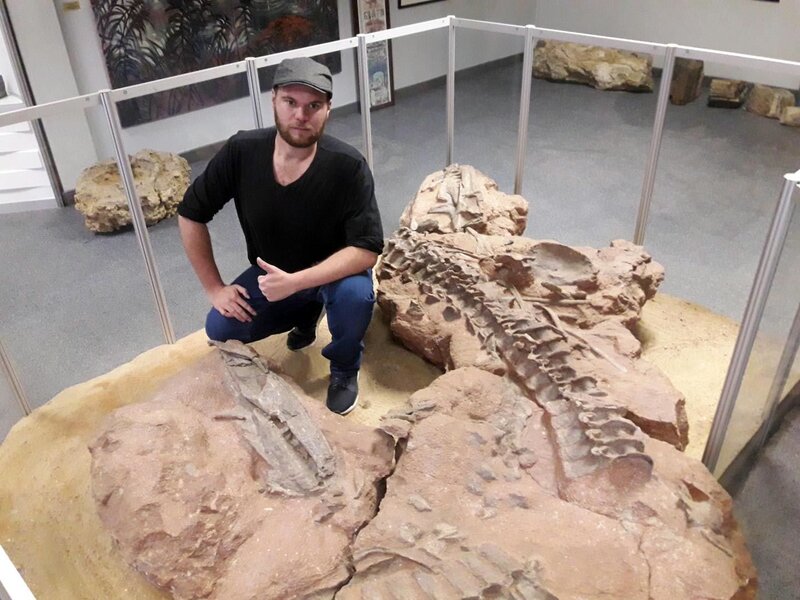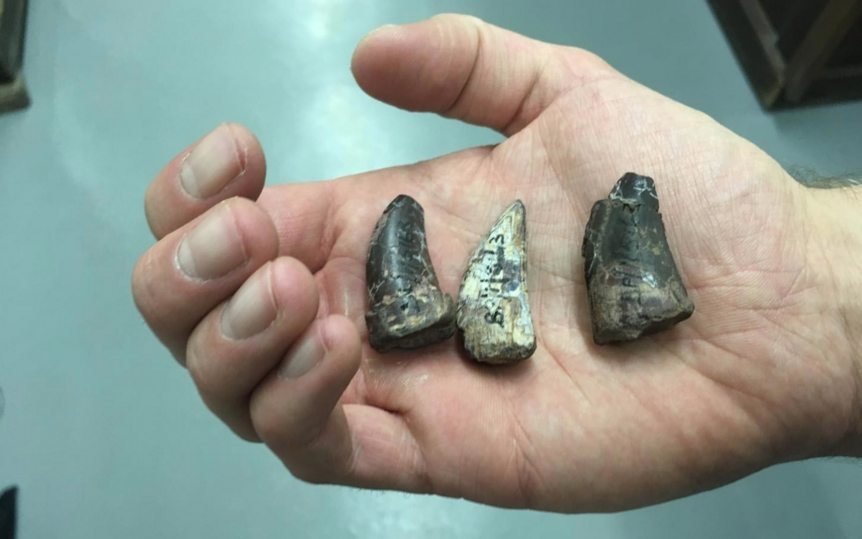Create a free profile to get unlimited access to exclusive videos, sweepstakes, and more!
Killer croc-like predators dined on ancient Triassic dinos of Southern Africa

Watch your fingers! A new study completed this summer by graduate student Rick Tolchard and his international team at University of the Witwatersrand in Johannesburg, South Africa (Wits) has identified toothy crocodile-like predators that happily devoured their passive, plant-eating neighbors.
These ravenous beasts known as Rauisuchians roamed the swampy plains of prehistoric Southern Africa and dined on a steady diet of vegetarian dinosaurs that may or may not have tasted like chicken. Let's face it, in the harsh world of the Triassic period some 210 million years ago the law of the land was "eat or be eaten" and innocent herbivores were more likely than most to become lunch.
The paper was published online at the Journal of African Earth Sciences and revealed that Rauisuchians, distant relatives of the modern crocodile, were some of the latest-surviving members of their group with some examples measuring up to thirty feet long.
Paleoartist Viktor Radermacher has rendered a striking watercolor illustration of a pair of these imposing Rauisuchians clashing over a corpse of a mammal relative in the Triassic of southern Africa. In the background, shadowed dinosaurs and early mammal-like reptiles can be seen completing other areas of the complex terrestrial ecosystem.
“These ancient fossils provide us with evidence of how at least two predator species hunted these vegetarian dinosaurs 210 million years ago," said Tolchard in a statement. "It is amazing to follow the clues left behind in fossilized teeth, jaws, limbs and other fossils to help us tell the ancient story of life in Southern Africa.”
Fossilized remains examined by Tolchard included bone fragments, teeth, jaw pieces, hind limbs, and body armor all attributed to the fierce, flesh-eating Rauisuchians. Data was inspected based on collections housed at the University of the Witwatersrand, the Iziko South African Museum, and the National Museum in Bloemfontein.
“In the Triassic period, Rauisuchians were widespread and their fossils are known from all continents except Antarctica,” explained Tolchard. “They went extinct about 200 million years ago, paving the way for dinosaurs to become the dominant large land animals.”





























